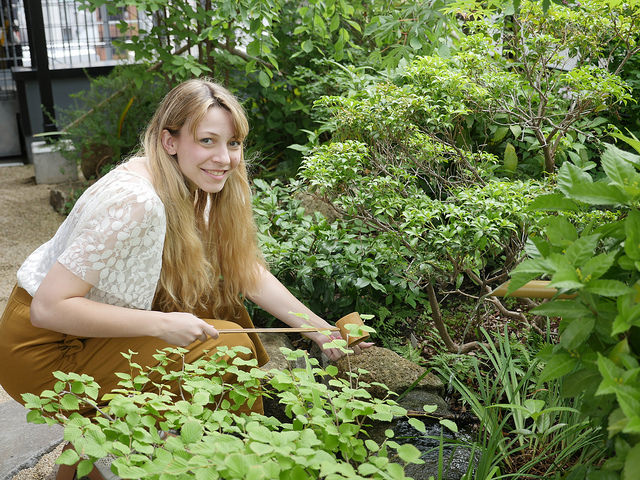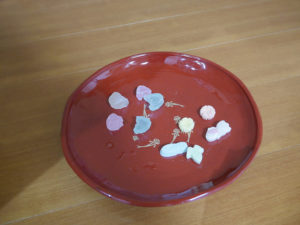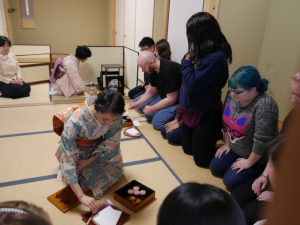
The Religion and Science Behind the Japanese Tea Ceremony
The Japanese tea ceremony or the Way of Tea is an important Japanese cultural activity that involves the ceremonial presentation and preparation of powdered green tea or matcha.
Religion plays an important part

Zen Buddhism is the primary influence in the conceptualization of the tea ceremony. Buddhist monks were the first to introduce tea and its serving rituals in Japan. Buddhism is a religious practice that for the most part deals with the inner self and we cannot tell what exactly goes on within the mind of the person meditating. Much can be gleaned from the tea ceremony, there is more to it than what meets the eye with every ritualistic gesture.
The general aspect of the tea ceremony involves harmony, purity, tranquility, and respect. It also emphasizes simplicity and naturalness. These two qualities give the tea ceremony its simple and quiet appearance. By understanding the Japanese concept of “sabi” (material life) by looking at the weathered materials used in the tea room, we are reminded that physical life is but temporary and will grow old and decay.
By understanding the inevitability of “sabi”, we come to grasp the simplicity of our inner being or “wabi”, where we can grow into a state of consciousness even in this present life.
The science behind the Japanese tea ceremony
Modern experts who studied the tea ceremony claim that both sides of the brain are stimulated when participating in the practice. The brain activity from both sides help bring a deep calm and eventually, spiritual consciousness.
In ancient times, Buddhist monks designed the tea ceremony to directly work to affect all five senses, to wake up the person both physically and spiritually. The double nature of the ritual works in such a way that it brings a deep inner peace and tranquility by bringing the mind and body together.
Visit KCP Flickr for more images.


